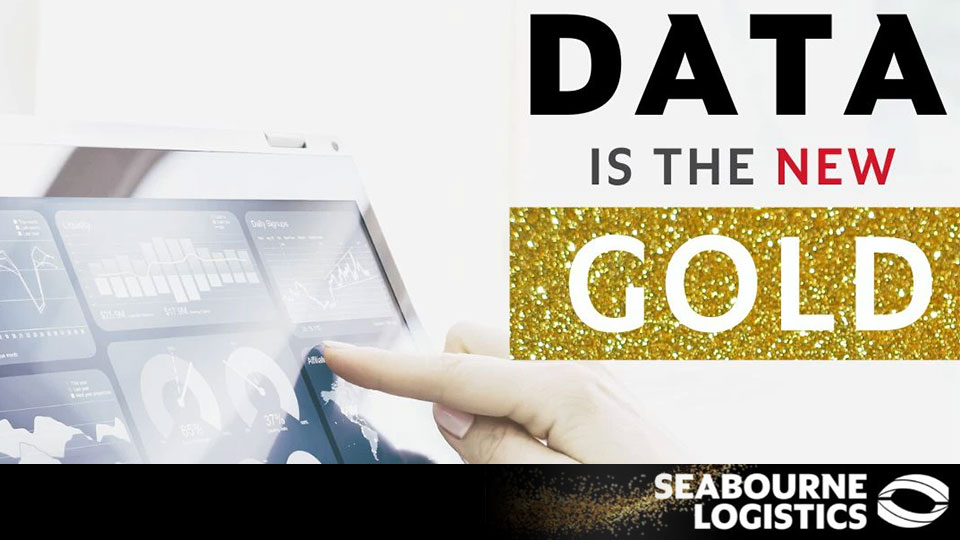The human body is a complex organism that receives millions of bits of information every second, yet only a fraction of this data is processed by the brain. Similarly, in business, organisations collect vast amounts of data, but often fail to harness its full potential.
The logistics sector, despite being one of the most data-intensive industries in the world, generating vast amounts of information about shipments, routes, transport modes, and more, has for the longest time not utilised the potential of data. This has probably been due to the lack of technological infrastructure, limited expertise in data analysis, or even just the perception that data analytics was not crucial to their core business operations.
Understand it or not, data is the world’s new gold
Today, success in the logistics industry is determined by the ability to mine data effectively to add value to clients and progress as a company. This has become easier – thanks to cutting-edge technologies like stream processing, the Internet of Things (IoT), and artificial intelligence (AI). Service providers are gaining insights into every aspect of their operations.
Data, however, is not just about numbers; it is a collection of facts and statistics derived from a wide range of sources including IoT sensors, GPS devices, or even old-fashioned customer feedback. Used correctly, it ensures a competitive advantage over competitors as it delivers the ability to understand what has happened, make better-informed decisions, and predict future trends.
By using data, a company not only improves its service and that of its customers, but it also attracts and retains new clients ultimately growing the business.
Unlocking the power of data
In the logistics sector, one of the most significant benefits of data is increased visibility. With real-time data on shipment status and location, logistics providers can track goods more accurately and provide customers with up-to-date information. This allows them to respond quickly to any issues that may arise, such as delays or disruptions, and proactively manage shipments to ensure they arrive on time.
The benefits derived from data are endless. Another way it is bringing about change is by helping logistics providers to optimise their operations and reduce costs. By analysing data on transport modes, routes, and delivery times, for example, service providers can identify areas where they can improve efficiency and reduce waste. This could include selecting more efficient transport modes, optimising routes to reduce fuel consumption, or consolidating shipments to minimise space in containers.
It is also playing a critical role in enhancing the customer experience. By analysing data on customer preferences and behaviour, logistics providers can tailor their services to meet customer needs more effectively. For example, they can offer flexible delivery options or provide real-time updates on shipment status to keep customers informed.
The trick, however, is not just to gather data for the sake of it. Solid information that is accurate and reliable ensures output that is trustworthy, usable and brings about change.
Beyond the beginning, the possibilities are limitless
At Seabourne Logistics, we have realised the value of data to our business. More recently, we have embarked on a project to culminate all our data sources into one single warehouse, which will assist with a plug-in solution for all our system data sources, providing portal access for customers and staff to access any information they require.
The role and impact of data on the logistics industry is a journey that has only just begun, with much more to come as technological advancements continue to unfold. As data analytics capabilities continue to evolve, our industry will have to embrace this technology, even more, to stay ahead of the curve and provide superior service to customers.
In today’s rapidly changing industry, forwarders and logistics service providers who can effectively leverage the power of data will not only be better equipped to optimise their operations and enhance customer experiences but will also be able to maintain a competitive edge.
With technology continuously advancing, and no signs of this trend slowing down, businesses need to embrace these innovations to stay ahead in the game.



